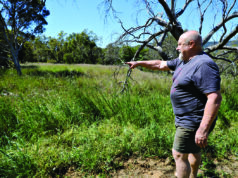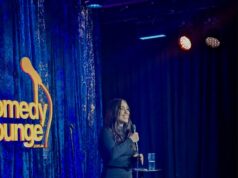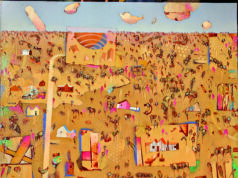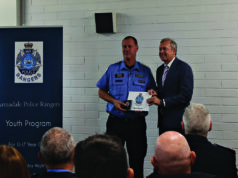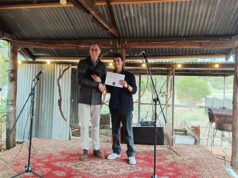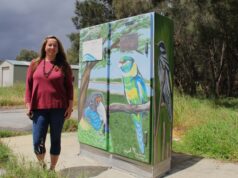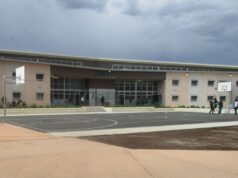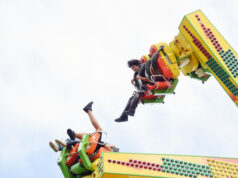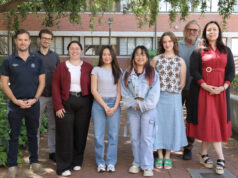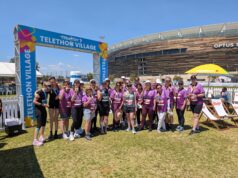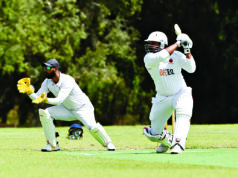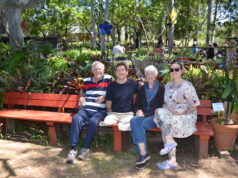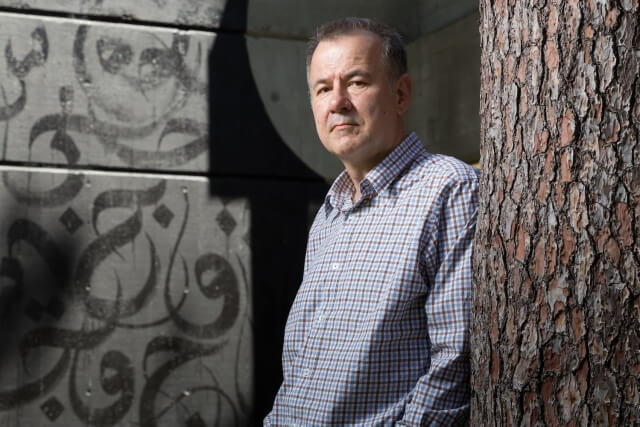
Curtin University lecturer Mark Briskey was one of the first Australian officials in Bali after the bombings on October 12, 2002 and he says he can still remember every sight, sound and smell in horrific detail.
Dr Briskey, now a social sciences and security expert at Curtin, was a part of the first 14 Australian Federal Police to fly into Bali a day after the bombings.
202 people were killed including 88 Australians.
Dr Briskey took on the role of forward command post leader and was in charge of ensuring the site was kept untouched so forensic testing and body identification could be completed.
He said from the moment he arrived it was chaos.
“We landed at the airport and immediately the scope of the incident was apparent because at the airport itself there were people being attended to, people with IV drips,” he said.
“Virtually a day and a half after the bombing I went to the site.
“There had been some degree of cordoning off but forensic chemistry and collection of evidence and also the collection of human remains took quite a while.
“A lot of people were so incredibly dismembered we were finding pieces of body two blocks away.”
He said finding places to keep the bodies was also difficult because the Sanglah Hospital mortuary was completely overrun almost straight after the incident.
Dr Briskey said one of the most troubling things was visiting the hotel rooms of the holidaymakers who died in the blasts.
“One of the most haunting things of course is then going to hotel rooms of people and going to rooms where people have left them thinking they’re going to come back,” he said.
“All of the holiday gear, clothing, sun tan oil, all these things just left behind and people never coming back to them.
“We were going to these rooms and trying to match these things up with people who had been murdered.”

Dr Briskey stayed in Bali for three weeks after the bombings.
His team’s work, in cooperation with Indonesian authorities, helped identify the terrorist group Jemaah Islamiyah as the perpetrators.
He said it still deeply affected him.
“At times it’s still hard to talk about, once you’ve seen the sights, the smells, the vision and then what you find out afterwards it does affect you,” he said.
“It’s something that’s very firmly rooted in my memory, if I put my thoughts to it I can relive the sights and the smells very clearly.”
Dr Briskey received medals from Indonesian and Australian authorities after the incident for his work on the ground.
He said one of the biggest lessons he learnt during the experience was the importance of working together which helped efforts on the ground with Indonesian people and the authorities.
“The value of one on one relationships cannot be over stated,” he said.
Dr Briskey gave a floor talk at the John Curtin Gallery at Curtin University on Wednesday about the bombing and its aftermath.
The talk is a part of the John Curtin Gallery’s Invisible Genres exhibition and features artworks by Indonesian artist Mokoh, one of which focuses on the bombings.
There will also be a screening of the film The Healing of Bali on October 23 and a presentation by filmmaker Sara Darling.


